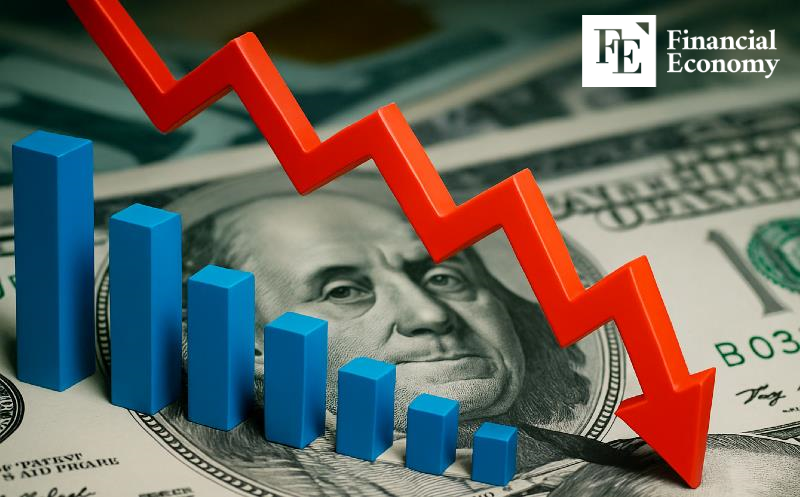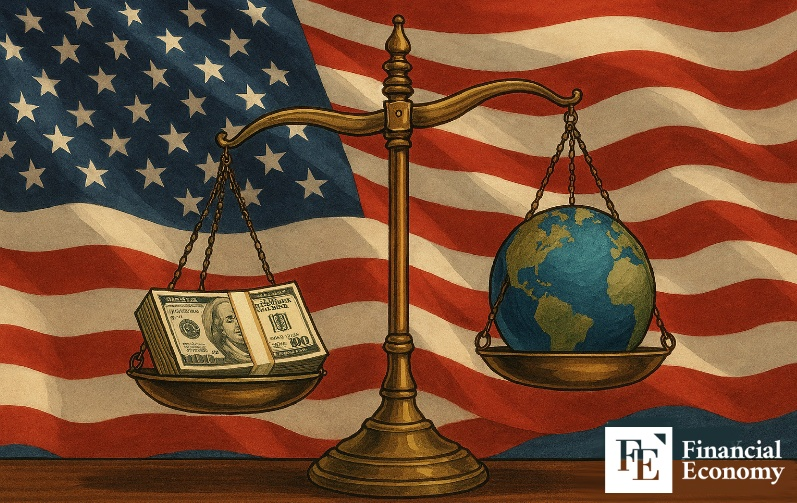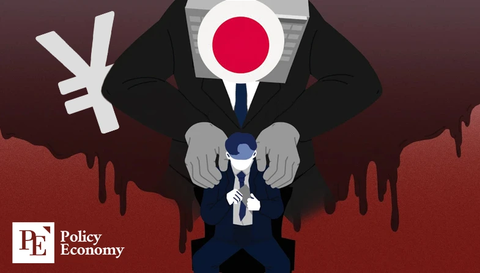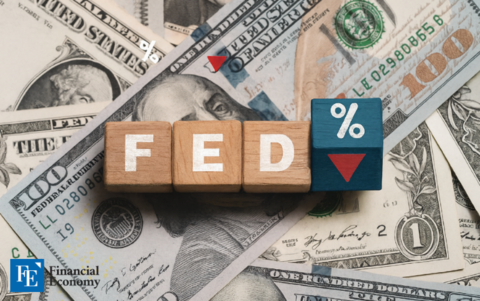"The Dollar Is Going to Hell" — Warren Buffett’s Blunt Remark Shakes Currency Hegemony
Input
Changed
Warren Buffett, the “Oracle of Omaha,” Slams U.S. Government Policy Warning of Currency War and Decline in Dollar Hegemony End of the Strong Dollar Era — Down 8% Since the Beginning of the Year

Warren Buffett, the legendary investor now on the verge of retirement, delivered a scathing critique of U.S. government policy, stating that “the dollar is going to hell.” His warning: the protectionist stance of the U.S. will ultimately lead to a currency war, accelerating the dollar’s decline. Supporting his concern, the dollar has fallen more than 8% this year, and experts suggest this isn't a temporary correction but a structural shift.
Policymakers Must Avoid Shortsighted Approaches
On the 21st May (local time), International media reported that Warren Buffett, chairman and CEO of Berkshire Hathaway, officially announced his retirement during the company’s 60th annual shareholder meeting on May 3 at the CHI Health Center in Omaha, Nebraska. During the meeting, he sharply criticized the Trump administration’s policies, referring to the U.S. dollar as a currency that is “going to hell.” Buffett warned that misguided policies under Trump had damaged the value of the dollar and that its depreciation would likely continue.
He particularly took aim at Trump’s protectionist trade policies, arguing that the administration's aggressive stance toward China had distorted global supply chains. Buffett pointed out that American consumers and businesses are now bearing the cost through higher prices on goods and raw materials, stating that “behind the pretense of protecting domestic industries lies political calculation.” He further noted that such strategies contradict the fundamental principles of free trade. Buffett warned that the shortsightedness of policymakers could erode the country’s long-term competitiveness.

Negative Outlook Becoming Reality as Big Players Reduce Dollar Exposure
Buffett’s grim outlook appears to be materializing. On May 16, international credit rating agency Moody’s downgraded the U.S. sovereign credit rating from its top-tier Aaa to Aa1. This downgrade triggered U.S. Treasury yields to surpass 5%. With mounting concerns over the growing fiscal deficit and increasingly pessimistic forecasts, investor anxiety has risen, shaking trust in the broader U.S. financial system.
Korean financial experts agree that U.S. tariff policy is contributing to dollar weakness. Byun Jung-kyu, head of the Treasury Division at Mizuho Bank, stated, “Market volatility always exists, but the current tariffs under the Trump administration are historically unprecedented in both scale and impact.” He predicted that the unprecedented reciprocal tariffs and retaliations would significantly reshape the global economic order, extending beyond foreign exchange markets.
Cho Beom-joon, head of Hana Bank’s Treasury Markets Group, referenced the first U.S.-China trade war under Trump’s initial term, noting that the dollar-won exchange rate surged from 1,100 to 1,200 at the time, similar to the current trend. He added, “What’s unusual now is that U.S. Treasury prices are plummeting alongside the dollar,” describing it as a highly abnormal phenomenon that reflects a serious erosion of global investor confidence in the U.S. economy.
The markets are paying close attention. Major Wall Street investment banks have suggested that the dollar’s decline is not a temporary event but a sign of a structural shift. They argue that tariffs provoke retaliation from trade partners, prompting currency interventions and policy shifts. Notably, both European nations and emerging economies are reportedly moving to diversify their foreign reserve strategies away from a dollar-centric approach.
One global investment bank representative said, “Even within the U.S., there’s a trend of reducing dollar holdings in favor of assets like gold, euros, and yuan.” He emphasized, “This isn’t just a tactical move—it’s a strategic shift based on expectations of long-term dollar depreciation.” He added, “Buffett’s warning is not just theoretical—it reflects a reality that markets are already reacting to.”
Dollar Entering a Long-Term Correction Phase
The dollar has shown a steady downward trend since the beginning of the year. According to Barclays, as of the end of April, the Dollar Index (DXY) had dropped 8.3% compared to early January. Experts interpret this not as a technical correction but as a sign of structural change. Barclays points to a combination of factors—Fed rate freezes, widening trade deficits, political uncertainty, and global asset diversification—as drivers behind the dollar’s weakening.
Other investment banks share the view that the dollar is now entering a long-term correction phase. In a recent report, Goldman Sachs wrote, “Although the dollar has seen sharp moves this year, we believe it has further to fall,” adding that European currencies are likely to be the main beneficiaries of the trend. Whereas previous strong-dollar cycles were driven by U.S. rate hikes and demand for safe assets, the current trend is fueled by expectations of rate cuts and declining confidence in U.S. bonds, the report explained.
However, some voices caution that the gloomy outlook may be overstated. They argue that the recent dollar movements are simply a return to normal after an “abnormal” strong-dollar phase since the 2020s, driven by U.S. monetary policy and global instability. Capital Economics stated, “The U.S. economy remains fundamentally strong,” and dismissed extreme scenarios like a total dollar collapse as overly alarmist.





















